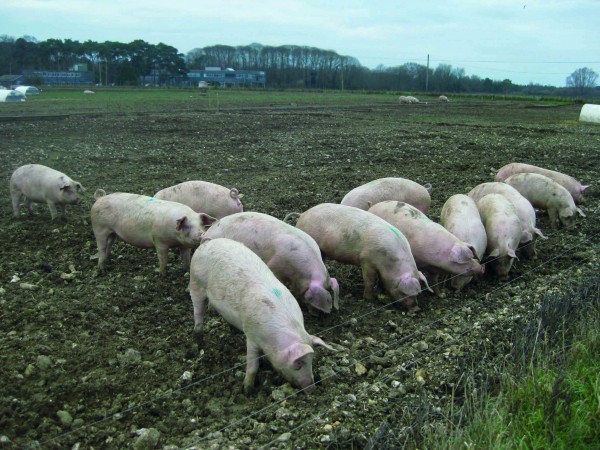A first-generation farmer and Nuffield Scholar, Chris Fogden owns and manages 950 outdoor sows on 40ha of rented land within the rotation of a large Norfolk arable estate
Every now and then I get a rush of blood to the head and attempt to diversify my farming activities. Such an event happened last spring when a moderately sized, light-land arable and grassland farm not too far away was looking for a tenant. I emphasise, a tenant.
Yes, of course, a Farm Business Tenancy tenant – not the more usual contract arrangement where any vacant farm goes to someone with excess machinery and a deficit of sanity, with many tax advantages to the landowner.
I got the details and started to imagine how I would run it and the cropping. Pigs would, of course, have been centre stage with the rest of the cropping revolving around that. The pigs would have been a showpiece, because, instead of them being shoehorned in after whatever crop preceded, they would have gone on to beautiful, green grass.
I turned up at the viewing day and was greeted by one of the owners who, almost immediately, said: “We’re afraid that we will not allow outdoor pigs on the farm. We couldn’t subject our land to that.”
So that was that.
I got to thinking that perhaps the owners might have had a point. We tend to believe that outdoor pigs must do good to the land with all that application of lovely muck, delivered and spread by the pigs, themselves. However, there is little known or understood about what effects two years of outdoor pigs on bare land has on soil biology.
My own observations are that, more often than not, the soil gets damaged when we occupy it. The physical damage on light land is quite easily sorted by modern deep tillage tackle, yet soil biology has been largely ignored.
Too often there are virtually no earthworms present in the soil when we go on to a new site and there are still virtually none when we leave. We are missing the opportunity to help the situation – to help repair the soil.
It is now well-known that living plant roots should be present in soil as much as possible in order to keep it biologically active, to keep nutrients recycling and in the topsoil for plants to utilise.
This is the reason for the current trend for cover cropping, rather than leaving land bare over winter. Ideally, we should aim to have outdoor pigs on land with living roots, such as from growing grass.
This has been recognised by many producers, especially those who can control their own crop rotation, while one large integrator is paying enough of a premium for piglets from herds stocked on grass to pay to have grass established on the land the year prior to pigs.
There is also an initiative to try and get establishing grass prior to outdoor pigs to be part of any agricultural payments policy in the brave new world that’s on its way.




